Learning to potty train a pup or any other pets can be challenging especially if you’re a first-time pet owner.
How long will it take? What equipment will you need? How to properly train and is there any difference if it's an adult dog?
Fret not, in this article, we detailed a complete step by step guide on how to potty train your pups. If you’re a Malaysian dog owner, this article is for you! We also included a few extra tips if you had just brought home an untrained adult rescue.
Let’s dive into it.
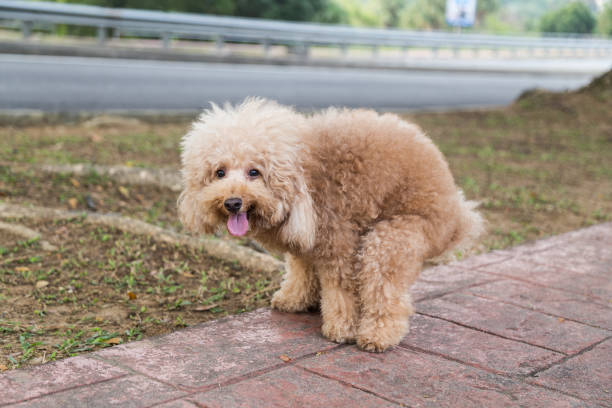
How long does it take to potty train your dog?
While Training-your-puppy#1" target="_blank">WebMD claims that it might take 4-6 months for your pup to be fully house-trained, this obviously depends on a variety of factors, from the age of your pup to how much time you put in for potty training.
Teaching your pup good potty habits is essential in building a loving relationship from the get-go. Remember that it doesn’t matter how long it takes, so long as your pup learns the essentials quickly and accidents are kept to a minimum.
Having said that, remember that accidents CAN happen, and patience is your finest virtue!
Why is potty training important?
It is worth noting that ignoring potty training is among the most common reasons new pet owners get frustrated and return, sell or even put their pups down. As cruel and surprising as that might sound, it’s true, and it happens more often than you’d expect.
Owning a dog (or any pet for that matter) is NOT easy, but with the right amount of training and patience, your pup will get to live out its best life with you and your family, and you’ll never regret the day you brought home your first pup.
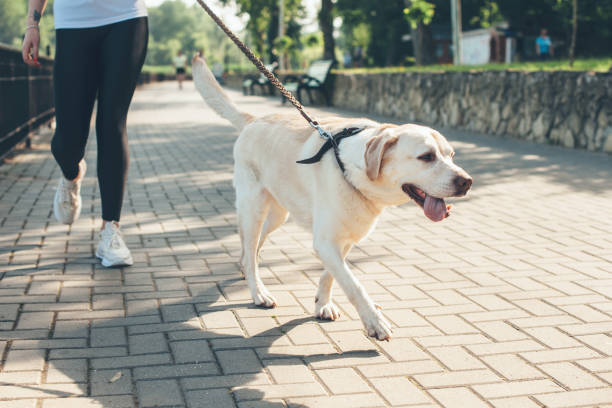
How to potty train your dog fast?
Firstly a few key reminders,
- Accidents WILL happen; PATIENCE is crucial.
- Consistency is very important, so stick to your PLAN and METHOD.
- There will be setbacks but look for little things that work and build on them.
- Sometimes your pup might lose bladder control when they’re happy or when startled or scared.
Step 1: Pre-pup research
Now, this step may not apply to all scenarios as it’s irrelevant if you’re getting a rescue or temporarily fostering.
If you’re getting a puppy from a breeder, do some research on them and make sure you’re getting pups that have been well cared for. Visit the pups at the breeders and observe their behaviour and living conditions.
Pups brought up in unhygienic living conditions are harder to train and prone to diseases.
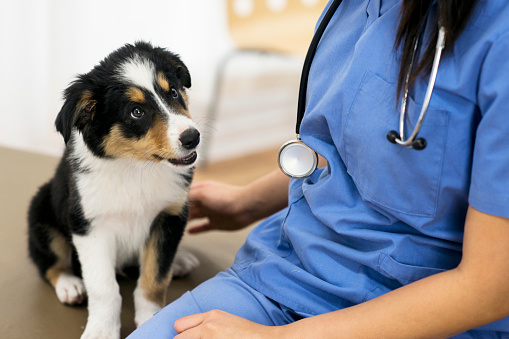
Step 2: Time to go outside!
Always remember that you’re dealing with a baby. If I haven’t mentioned ‘patience’ enough times already, it’s because we often forget that we’re dealing with a dog version of a human baby when you first bring your pup home.
As a responsible (and consistent) parent that we know you are (or going to be), you’d need to spend a lot of time with your pup when you first get them.
They will get more independent in time but in the first days and weeks, do your very best to take your pup outside whenever they need to, not just when it’s convenient for you.
You’ll know they need to pee/poop when they start sniffing around and circling, looking for a spot to ease themselves. They might look restless and scratch at your door or even start barking once they start to associate potty time with the outdoors.

The idea is to catch your pup in the act and get them to the designated location (pee/poo spot outside) so fast that it eventually makes the connection.
Fun Fact: Pups circle and trample on grass to pat it down and avoid it sticking to their bum during the act. They imitate this motion on all surfaces, and it is a well-known warning sign to us humans!
Step 3: ‘Go pee!’ ‘Go potty!’
Keep them on a leash when outside and use the same words each time, like ‘Go Pee’ or ‘Go Potty’. This will eventually lead to your pup being able to go on command each time it reaches its favourite spot.
Step 4: ‘Good boy!’ ‘Good girl!’
Once you’re outside, let them take their time and do your best not to rush them. Small words of praise in a gentle, soft tone are very comforting. Use the same words and intonation each time they get it right.
It’s important to keep your voice down to avoid startling your pup while they’re doing their business. Also, a treat at the end of the act works wonders to assure them they’ve done a good job.
Step 5: I’m watching you!
While keeping a close eye on your pup during their first few days at home isn’t meant to be easy, it is important that they have some form of supervision and are not allowed to run around and explore their new environment freely. Beware of little yellow pools of delight if you skip this little tip.
If your home is large, it’s going to be difficult to monitor its whereabouts all the time. You might want to limit its roaming area to a room or a small space within a room in your home.
Use a child’s safety gate or a grid. Make sure it has access to a door so that it can let you know when it needs to go. Always be sure that your pup has every chance to make eye contact with you. This encourages it to learn to let you know when it has to go.
You could tie your puppy to your leg/waist with a string to keep it close and avoid it roaming freely in your home.
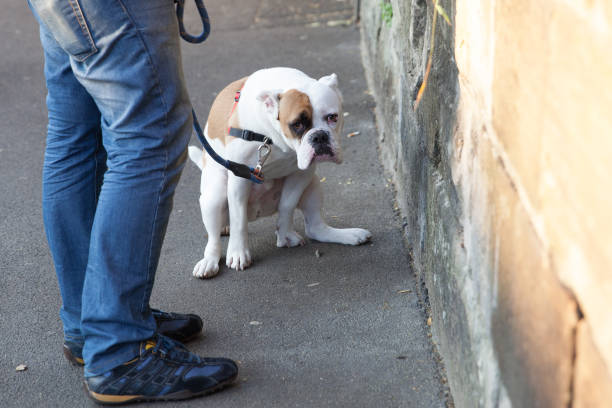
Alternatively, crate training your pup is a perfect way to give them a privacy break. If introduced correctly, your pup will treat its crate as its own private little den, and instinctively, no dog will soil its den.
Step 6: The all-important ‘daily routine’
When dealing with a puppy, or even a child for that matter, the importance of a routine can’t be overstated. It teaches discipline and blends care and comfort with familiarity. Therefore, you must take your pup outside religiously during these times:
- After waking up - avoid enthusiastically greeting them first thing in the morning as you’re bound to trigger a full bladder out of sheer excitement. Be calm and lead them outside with a soft yet comforting tone.
- After feeding - Now, this might vary from 5 minutes to half an hour after feeding in some pups. You’ll only know for sure after a couple of months. So until then, take your pup out 5 minutes after feeding and be patient.
- After every nap - as this could be multiple times a day when they’re little, try your best to associate ‘potty time’ with ‘sleepy time’ (as in it comes right after!)
- After playtime - it’s common for your pup to want to ease itself after a fun-filled and tiring play session, so make it part of your daily routine to take it outside as soon as you’re done with the toys.
Alternatively, if forming this routine doesn’t work with your pup, you might try taking it outside every hour to give it a chance to relieve itself before it becomes urgent. It’ll soon build up its bladder control, and holding it in will be a lot easier.
Step 7: ‘Hold it in, will ya?’
Once you’ve got your routine down to a tee and you’re dealing with fewer accidents, it’s time to test your pup’s bladder control. As it grows older, its ability to hold it in will increase. You’ll once again need to be very patient and careful when testing its limits. Gradually reduce the times you take your pup outside, and it will learn to hold it in.
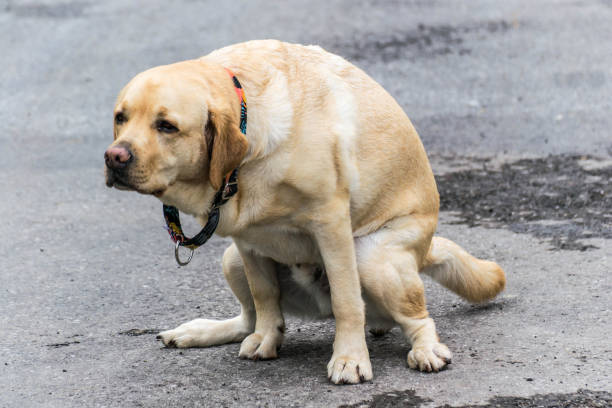
Step 8: When walkies become potty time
Once your pup is older and has decent bowel and bladder control, you can start to incorporate potty time during your daily walks with them.
Once again, fostering good walking habits will make your walks with your pup more enjoyable and relaxing (for the both of you). Try to use the same path and designated spot each day for it to ease itself. The familiar scent will make your pup want to go each time you reach the spot.
Avoid playing or giving treats until the act has been committed. Once again, cue words like ‘Go Pee’ and ‘Go Potty’ will help as soon as you reach their spot.
Take note of what surface (grass, sand etc.) your pup prefers to go in as it will help when you need to find a new spot if you’re away from home or taking a different route.
Some pet trainers will ask you to schedule walkies just before bed each night, but this, of course, is down to you at the end of the day.
How do you stop a dog from peeing & pooping in your home?
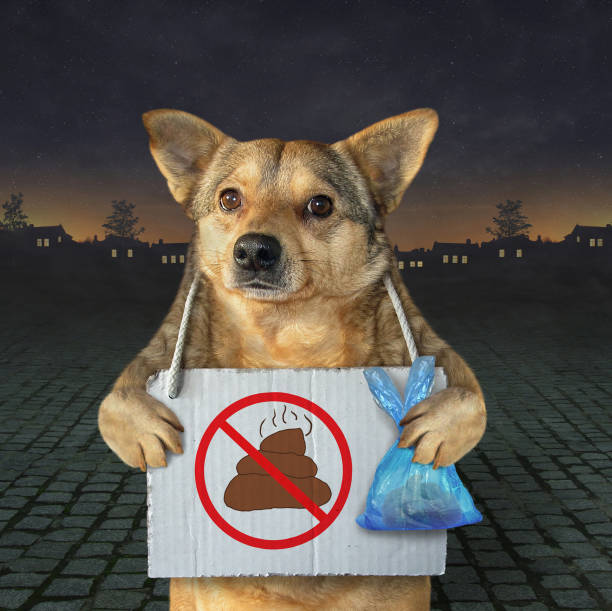
Proper and early training is the answer, and if the steps above aren’t quite enough, here are a few additional tips:
- Accidents will happen, and avoid punishing your pup when it does. Don’t be angry, as it will then be afraid to go in your presence. Most accidents occur due to a lack of supervision, so just clean it up and be more prepared and mindful of the missed warning signs next time around.
- If caught during the act, distract your pup with a sound but don’t scare it. Interrupt it and take it outside immediately.
- To train your pup to go less frequently at night, remove the water bowl about 2 hours before sleep.
- If and when your pup needs to go in the middle of the night, be patient but keep it quick and quiet. Do not play or give it treats after. Return to bed immediately as it must know that this particular post-potty period is not playtime!
- Regular eating habits are associated with good potty habits. Remove the food bowl if it hasn’t finished (even if it is full). As the routine is to take it outside 5-30 mins after the meal, it needs to know that mealtime is fixed and restricted. Also, leave the water bowl out for up to 2 hours after the meal.
- As a dog’s sense of smell is about a million times stronger than ours, accidents in your home need to be cleaned thoroughly to avoid it going again in the same spot. Consider using enzymatic cleansers (as opposed to ammonia-based ones) as they work better and are safer for your pup.
- If it’s difficult to go outside, train your dog to go at designated potty trays or pee pads indoors. Similar to its preferred spot outdoors, keep your pup on a leash and use repetitive terms like ‘Go potty’. Using a sod box made of grass and gravel will familiarise your pup with the outdoors once it’s older. Slowly move the trays/pads outside. Reduce accidents by placing soiled rags in the designated area. The smell will encourage your pup to return to the same spot when it needs to go again.
How do you potty train an adult dog?
The phrase ‘You Can’t Teach An Old Dog New Tricks’ doesn’t quite apply here.
Similar methods as above can be used but bear in mind that it might be harder to keep your adult dog on a leash and concentrate on the task at hand. Minimise distractions (smells/sounds) by choosing a familiar and quiet designated spot.

Giving positive reinforcement immediately after they’re done such as treats and praises works even better with adult dogs.
Remember to couple this with a strict and consistent schedule which includes feeding, sleeping and potty times.
When can I officially say that my pup is potty trained?
Generally, a puppy is considered housebroken when it successfully goes without accidents for up to a month.
Are there professional trainers in Malaysia that can help with potty training my dog?
There are quite a few trainers that can offer a wide range of services, including potty training your pup. Here are a couple of trainers based in the Klang Valley area.

In Conclusion
Potty training your pup might not be the most glamorous of tasks as a new pet owner.
Still, it is an important phase to go through with your new bundle of joy, and we hope the step by step guide above will help you forge that all-important bond with your pup from the very start—all the very best on your journey. It’s worth it in the end.












%20(38).png)
%20(36).png)
%20(26).png)


